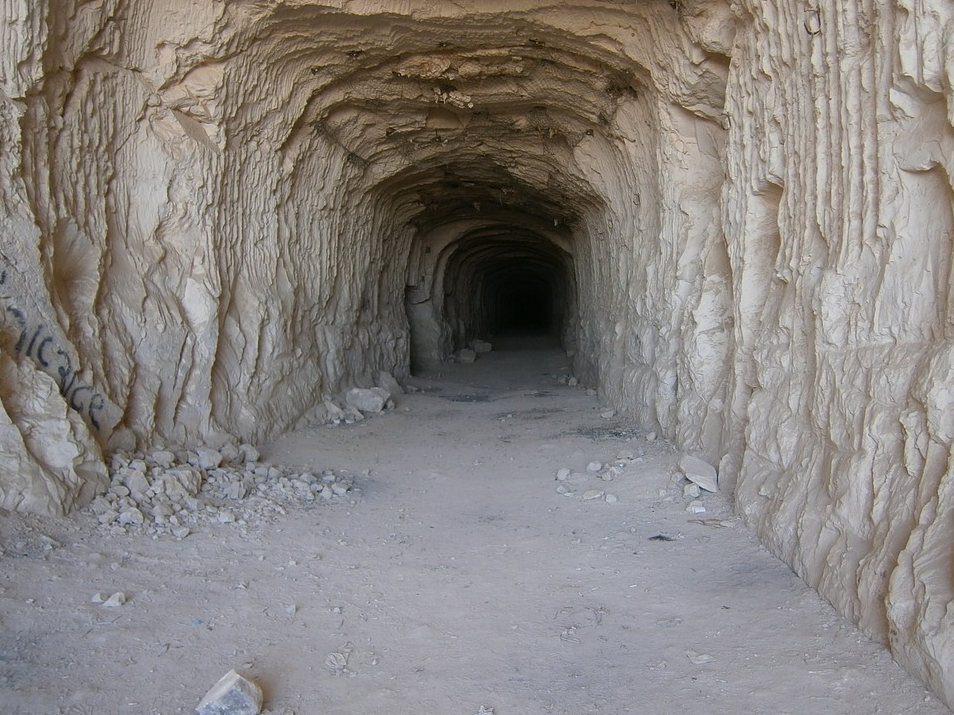COURSE DESCRIPTION
This course applies to the construction of underground tunnels, shafts, chambers, and passageways. It also applies to cut-and cover excavations connected to ongoing underground construction as well as those that create conditions characteristic of underground construction. These hazards include reduced natural ventilation and light, difficult and limited access and egress, exposure to air contaminants, fire, flooding, and explosion. The regulation does not apply to excavation and trenching operations for above ground structures that are not physically connected to an underground construction operation or to underground electrical transmission and distribution lines. OSHA regulations relating to underground construction were originally adopted in 1971 and revised over the years to add new protective measures and enhance worker safety. This course is based on the OSHA publication “Underground Construction (Tunnelling)”. This publication summarizes OSHA’s regulations related to underground construction.
This course demonstrates the general elements critical to the development of a successful safety and health management system for underground construction. The summary of the OSHA regulations can serve to enhance worker safety. If part of this course is found to conflict with an OSHA regulation, then the regulation should be followed.
This course includes a multiple-choice quiz at the end, which is designed to enhance the understanding of the course materials and is intended to provide 3 hours of professional development.
Course Author: Occupational Safety and Health Administration (OSHA)
LEARNING OBJECTIVES
At the conclusion of this course, the student will have learned or been exposed to the following:
• OSHA construction operations pertaining to tunnelling and underground construction
• The application of OSHA standards to employees and employers
• The need for and training requirements of a competent person
• Notification and communication requirements
• Site control procedures
• Ventilation and illumination requirements
• Air monitoring requirements
• Special conditions for drilling and blasting underground
• Special requirements for hoists and cranes underground
• OSHA training and education



